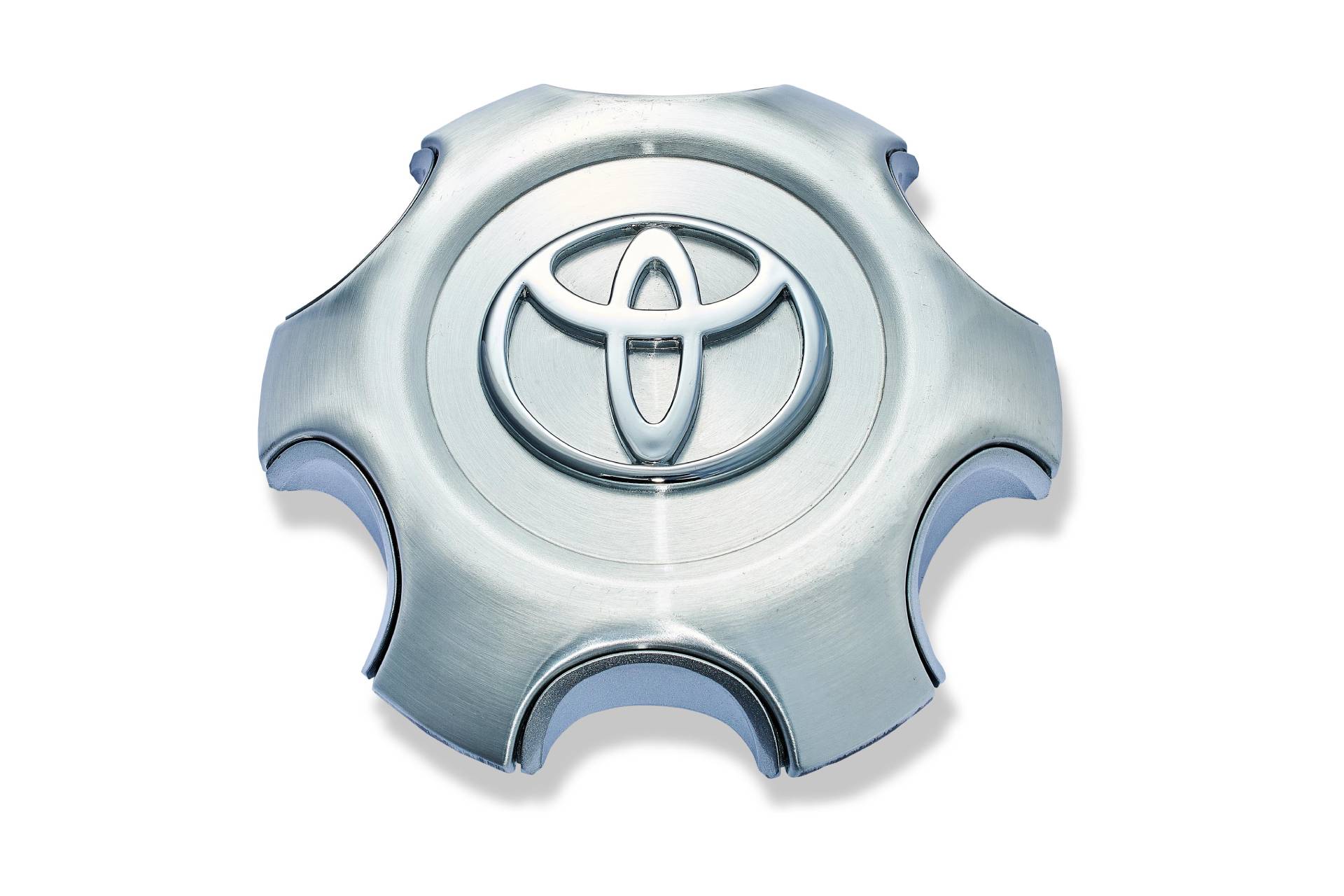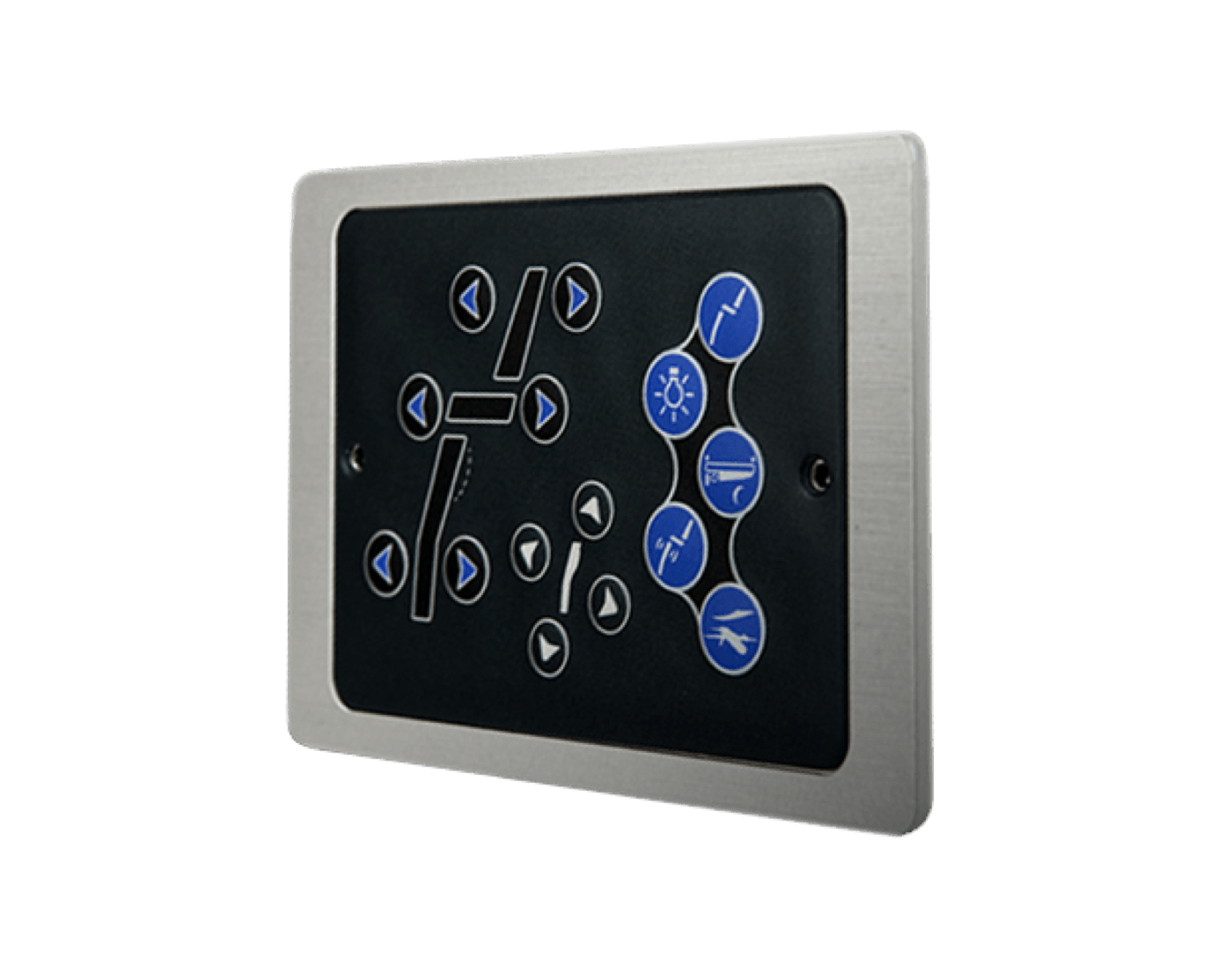Membrane Switch Manufacturer Focused on User-Friendly Design
Exploring the Production Refine of Membrane Switch for Various Industries
The production process of Membrane switches is a complex undertaking that demands accuracy and attention to detail. From selecting suitable products to carrying out strenuous quality assurance steps, each action plays an essential duty in making sure functionality. Numerous markets, including medical and auto, count on these components for their unique applications. Comprehending the details of this procedure reveals considerable understandings into how these buttons are created and their influence across varied industries.
Understanding Membrane Switches Over: An Introduction

Trick Materials Made Use Of in Membrane Switch Production
In Membrane button production, the selection of essential materials significantly affects performance and resilience. Conductive products, adhesives, and coverings play vital functions, while substratum option influences overall efficiency and integrity. Recognizing these components is crucial for optimizing the design and manufacturing of Membrane buttons.
Conductive Products Review
Conductive materials play a crucial function in the functionality of Membrane switches, guaranteeing trusted electric links within the tool. Commonly used products consist of silver, copper, and carbon-based inks, each offering unique advantages. Silver is favored for its high conductivity and sturdiness, making it perfect for applications requiring durable efficiency. Copper, while somewhat less conductive than silver, is a cost-effective choice frequently utilized in printed circuits. Carbon-based inks provide a functional alternative, ideal for applications where adaptability and lower costs are focused on, although they have actually reduced conductivity contrasted to steel alternatives. The selection of conductive materials straight influences the total reliability, life-span, and efficiency of the Membrane switch, making it a crucial factor to consider in the production procedure.
Adhesives and Coatings
Finishes and adhesives are essential components in the manufacturing of Membrane switches, offering essential bonding and protective residential properties. These products assure that numerous layers of the button, including graphic overlays and circuitry, adhere firmly to each other, improving durability and functionality. Generally utilized adhesives include pressure-sensitive adhesives (PSAs) and epoxy-based formulas, which provide strong attachment and durability. Coatings, such as polyurethane or acrylic, serve to safeguard against ecological aspects, consisting of moisture, abrasion, and chemicals. Additionally, coatings can boost responsive comments and visual allure, adding to the total customer experience. The choice of suitable adhesives and finishings is important for enhancing performance and durability in varied applications across various industries, ensuring that Membrane switches satisfy certain functional needs.
Substrate Choice Elements
Substratum selection plays an essential duty in the production of Membrane buttons, as it considerably affects their general performance and longevity. Key products such as polyester, polycarbonate, and flexible published circuit boards (FPCBs) are generally utilized for their unique homes. Polyester is preferred for its cost-effectiveness and resistance to abrasion, making it suitable for applications with high wear. Polycarbonate offers premium quality and influence resistance, ideal for atmospheres calling for high exposure. FPCBs give enhanced versatility and are often made use of in complex designs. The option of substratum additionally impacts variables like thermal stability, chemical resistance, and simplicity of printing. Ultimately, picking the ideal substrate is vital for making certain the functionality and durability of Membrane changes throughout numerous markets.
The Style Refine of Membrane Changes
The style procedure of Membrane buttons is a crucial stage that substantially affects the capability and aesthetics of the end product - membrane switch manufacturer. It begins with defining the particular demands of the application, including dimensions, button layout, and tactile feedback preferences. Designers have to take into consideration user communication, ensuring that the button is instinctive and accessible.Next, products are picked based upon sturdiness, flexibility, and ecological resistance. The combination of graphics and branding elements is also important, as it enhances aesthetic appeal and communication. Prototyping permits repetitive screening, allowing changes based upon customer comments and performance evaluations.Additionally, the style should represent the electrical parts, such as ports and circuits, guaranteeing reliability and convenience of use. Eventually, an effective design harmonizes capability, appearances, and customer experience, leading the way for effective production and lasting performance in different industries
Printing Strategies for Membrane Changes
The printing techniques made use of in Membrane button production play an essential duty in identifying the final product's quality and functionality. Display printing supplies benefits such as durability and lively shade application, while electronic printing advancements provide versatility and precision in style. Understanding these techniques can greatly influence the overall effectiveness of Membrane switches in various applications.
Display Printing Advantages
Numerous benefits make display publishing a preferred method for creating Membrane switches. This approach permits for top quality, in-depth layouts and vibrant shades, which are essential for user interface applications. Screen printing is specifically effective for using thick ink layers, improving resilience and tactile responses. In addition, it offers outstanding bond to numerous substratums, making certain long life in requiring atmospheres. The procedure is cost-efficient for large production runs, as it reduces arrangement time and waste. Additionally, display printing supports a variety of inks, including specialized and UV-curable options, making it possible for flexibility in style. Its capability to create regular results throughout multiple units makes it a dependable option for makers intending for quality and efficiency in Membrane button manufacturing.
Digital Printing Innovations

Innovations in electronic printing modern technology are transforming the manufacturing of Membrane switches, providing producers innovative options that improve layout adaptability and effectiveness. Digital printing allows for high-resolution graphics and intricate layouts, enabling custom-made branding and functionality without the limitations of typical methods. This technique reduces configuration times and prices, assisting in much shorter manufacturing runs and minimal waste, making it excellent for services with varying needs. In addition, innovations in ink formulas give far better toughness and attachment, ensuring long life in different atmospheres. As sectors progressively seek complicated and individualized designs, digital printing stands apart as an important method, setting a brand-new requirement in Membrane switch production. The combination of these innovations positions producers to fulfill evolving market my blog requires successfully.
Setting up and Layering of Membrane Switch Elements
Cautious assembly and layering of Membrane switch parts are important to guaranteeing capability and sturdiness. This procedure starts with the accurate positioning of different layers, consisting of the graphic overlay, adhesive, circuit layer, and backing product. Each part must be meticulously placed to keep electric stability and user interface responsiveness.During assembly, conductive traces are applied to the circuit layer, usually made from materials like polyester or polycarbonate. This layer is essential, as it beams when pressure is used. The glue used for bonding these layers is likewise chosen for its capacity to withstand environmental anxieties while preserving a protected bond.Heat and pressure are often used throughout the setting up process to ascertain that the layers adhere effectively without jeopardizing the performance of the button. Attention is offered to the edge securing to shield versus wetness and pollutants, safeguarding the durability of the Membrane button in numerous commercial applications.
Quality Assurance Steps in Membrane Switch Production
Quality assurance procedures play a necessary duty in guaranteeing the dependability and efficiency of Membrane switches adhering to the setting up and layering of their parts. In the manufacturing process, numerous vital inspections are click this link carried out to copyright top quality standards. These consist of visual assessments for flaws in printing and adhesive application, in addition to practical examinations to validate the responsiveness of each switch.Additionally, ecological testing is performed to evaluate the switches' durability versus temperature level changes and moisture direct exposure. Manufacturers commonly implement statistical procedure control (copyright) strategies to check manufacturing uniformity, making it possible for early detection of anomalies.Furthermore, traceability systems are developed to track materials and components, ensuring accountability and promoting recalls if essential. Calibration of tools and adherence to market standards are likewise vital to keeping item stability. Jointly, these quality control procedures guard the efficiency of Membrane switches across numerous applications, inevitably improving client complete satisfaction.
Applications of Membrane Switches Over Throughout Different Industries
Membrane switches are made use of throughout a diverse variety of sectors, showcasing their convenience and adaptability. In the clinical field, they supply water resistant and reputable user interfaces for gadgets such as analysis equipment and mixture pumps, guaranteeing hygiene and convenience of use. The vehicle market utilizes Membrane switches for control panel controls, allowing seamless interaction in between the chauffeur and car systems.In consumer electronic devices, these switches are located in home appliances and handheld gadgets, supplying a streamlined, modern aesthetic while improving performance. Industrial applications also leverage Membrane changes for equipment control board, where durability and resistance to rough problems are essential.Furthermore, the aerospace and defense industries make use of Membrane switches for cabin instrumentation and communication systems, focusing on reliability and efficiency under extreme problems. On the whole, Membrane buttons play an essential function in boosting the customer experience and operational efficiency throughout numerous domain names.
Frequently Asked Inquiries
How much time Does It Require To Make a Membrane Switch?
The manufacturing time for a membrane button generally varies from a couple of days to a number of weeks - membrane switch manufacturer. Elements influencing this duration include style intricacy, product accessibility, and production quantity, all impacting the overall timeline markedly
What Is the Typical Lifespan of a Membrane Layer Switch?
The common life expectancy of a membrane button typically ranges from 1 to 5 million actuations, depending upon factors such as material top quality, environmental conditions, and use frequency, greatly affecting resilience and overall performance.
Can Membrane Switches Over Be Custom-made for Specific Applications?
Membrane buttons can certainly be customized for certain applications. Their design adaptability allows for modifications in size, shape, colors, and graphics, guaranteeing compatibility with unique demands across different industries and boosting capability and customer experience.

Are Membrane Changes Ecologically Friendly?
The environmental influence of Membrane switches differs. Some materials made use of may not be eco-friendly, while advancements in making processes are progressively focusing on sustainability, intending to reduce waste and promote recyclable parts in their manufacturing.
What Are the Common Failure Modes of Membrane Switches?
Usual failure modes of Membrane switches consist of delamination, glue failure, deterioration from use, dampness access, and electrical failings. These issues can substantially affect functionality, efficiency, and lifespan in various applications across various markets. Membrane switches can be personalized to fit particular design demands, such as dimension, form, and capability, making them extremely adaptable.The building normally involves multiple layers, consisting of a visuals overlay, glue, and look here a circuit layer, which function with each other to develop a smooth customer experience. In Membrane button manufacturing, the option of crucial materials greatly influences capability and sturdiness. The vehicle industry uses Membrane switches for dashboard controls, making it possible for smooth interaction in between the driver and automobile systems.In customer electronic devices, these switches are found in home appliances and portable devices, providing a smooth, contemporary visual while enhancing capability. Industrial applications likewise leverage Membrane switches over for equipment control panels, where sturdiness and resistance to rough conditions are essential.Furthermore, the aerospace and defense markets make use of Membrane switches for cabin instrumentation and interaction systems, focusing on reliability and performance under severe conditions. Membrane switches can undoubtedly be customized for certain applications.